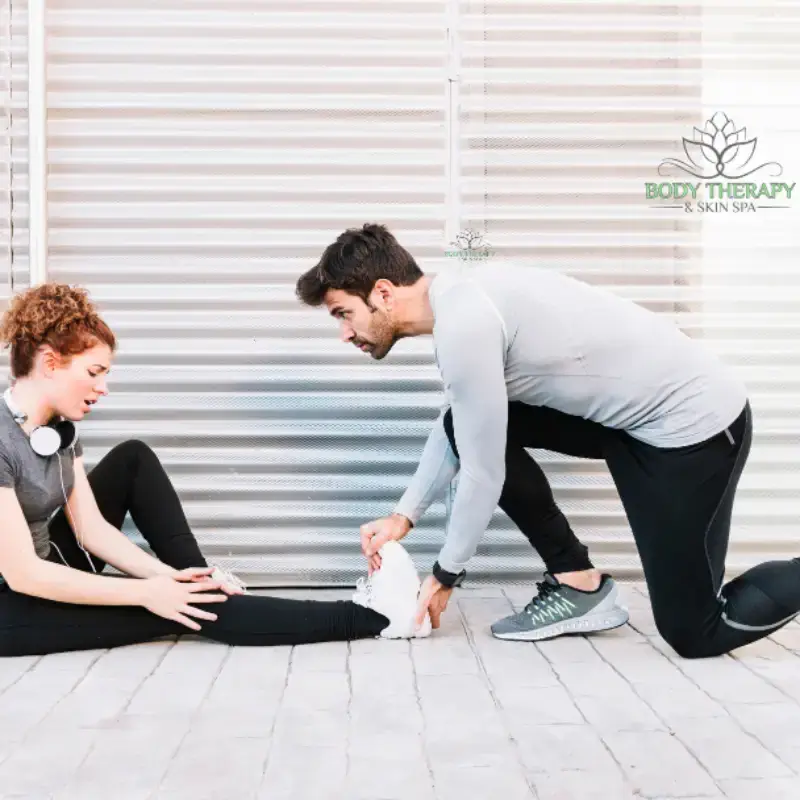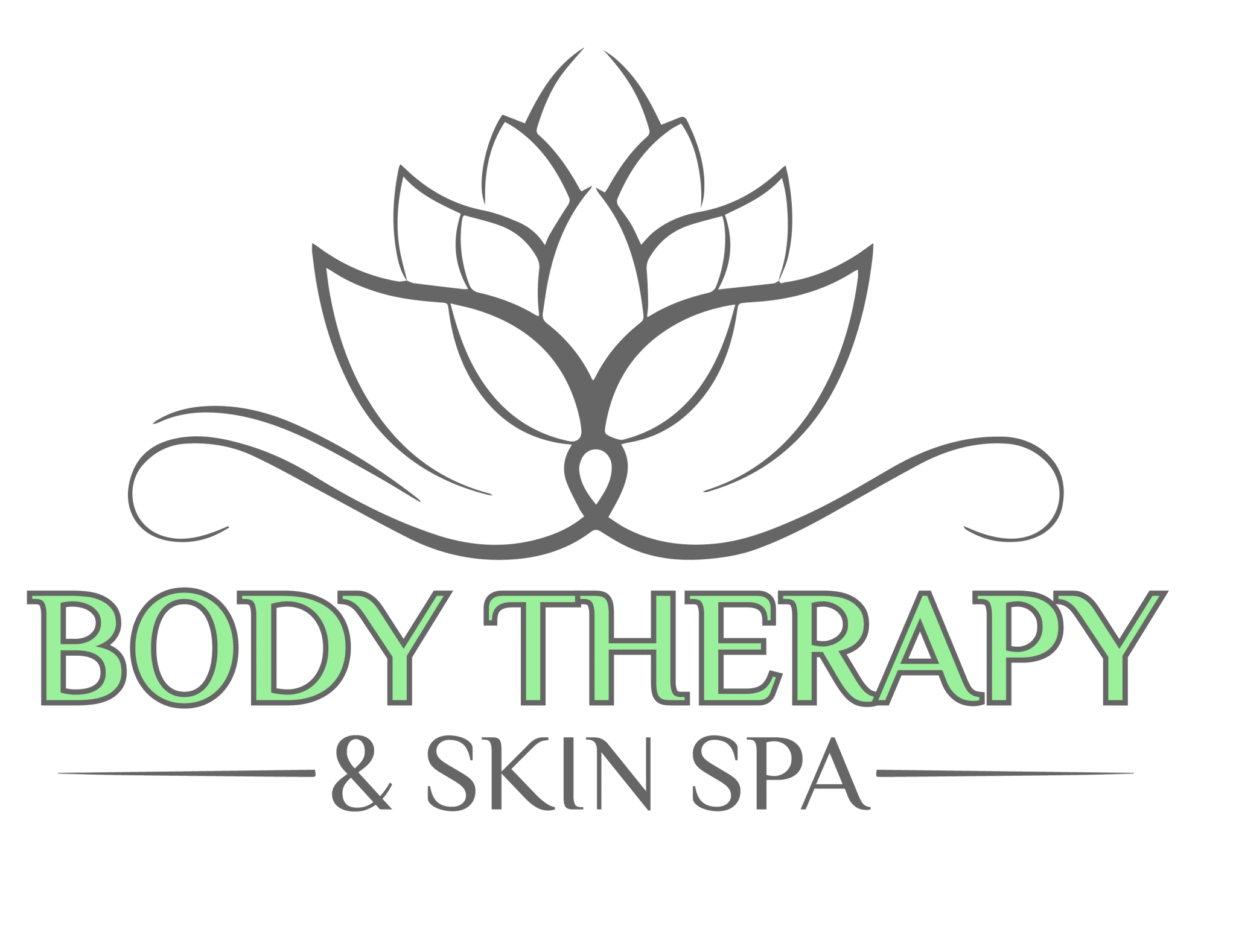In today’s fast-paced world, we often prioritize activities that demand our energy and attention, leaving little time for self-care practices like stretching. However, stretching is an essential component of maintaining flexibility, enhancing athletic performance, and promoting overall well-being.
Assisted stretching, in particular, has gained popularity as a technique to achieve deeper and more effective stretches. While assisted stretching offers numerous benefits, it’s crucial to be aware of common mistakes that can hinder your progress and even lead to injury.

The Benefits of Assisted Stretching
Assisted stretching offers a range of benefits for individuals of all fitness levels. It helps improve flexibility, increase range of motion, reduce muscle soreness, and enhance athletic performance. When done correctly, assisted stretching can also improve posture, relieve muscle tension, and prevent injuries. However, it’s important to approach this practice with proper knowledge and technique to maximize its advantages.
Common Assisted Stretching Mistakes
Warm Up, Don’t Warm Up!
Just like any physical activity, warming up is crucial before assisted stretching. Skipping the warm-up phase is one of Assisted Stretching Mistakes that leaves your muscles cold and stiff, increasing the risk of strains, tears, and discomfort.
A proper warm-up should include dynamic movements that gradually elevate your heart rate and increase blood flow to your muscles. Simple activities like light jogging, jumping jacks, or arm circles can effectively prepare your body for stretching.
Don’t Push Your Limits
Overstretching is a common Assisted Stretching Mistakes that can lead to muscle strains and tears. While stretching should involve some discomfort, it’s important to listen to your body and avoid pushing yourself beyond your limits.
A good rule of thumb is to stretch to a point of mild discomfort and hold the position for 30-60 seconds. If you experience sharp or intense pain, stop the stretch immediately.
Communication is Key
Effective communication is essential and when it comes to assisted stretching. Your partner should be aware of your comfort levels, any previous injuries, and any discomfort or pain you experience during the stretch.
Clearly communicate your limits and provide feedback throughout the stretch. An open line of communication will ensure a safe and effective stretching experience.
Breathe Easy
Holding your breath during stretching can restrict blood flow and limit the effectiveness of the stretch. It’s important to focus on breathing deeply and naturally throughout the stretching session.
Inhale before the stretch and exhale as you move deeper into the position. Rhythmic breathing will help relax your muscles and allow for a more effective stretch.
Cool Down and Care for Your Muscles
After completing an assisted stretching session, don’t neglect post-stretching care. Warming down gradually decreases your heart rate and prevents dizziness or lightheadedness.
Hydrate to replenish lost fluids and consider performing light exercises, such as gentle walking or foam rolling, to reduce muscle soreness and improve flexibility further.
Align Yourself for Success
Maintaining proper body alignment during assisted stretching is crucial to prevent strain and injury. Improper alignment can put unnecessary stress on joints and muscles, leading to discomfort or pain.
Pay close attention to your body’s alignment and ensure that both you and your partner are in the correct positions. This will help target the intended muscle groups and achieve optimal stretching benefits.
Pain is Not a Gain
While stretching may cause some discomfort, it’s important not to push through sharp or intense pain. Pain during stretching can indicate an injury or an incorrect technique.
If you experience severe pain, stop the stretch immediately and consult with a healthcare professional. Pushing through pain can worsen an existing injury or lead to new ones, so always prioritize your safety and well-being.
Gradual Progress, Lasting Results
Progressing gradually is essential when it comes to assisted stretching. Expecting immediate results can lead to frustration and injury.
Start with basic stretches and gradually increase the intensity and duration over time. Consistency and patience are key to improving flexibility safely and effectively.
Make Stretching a Habit
To reap the full benefits of assisted stretching, regular practice is necessary. Some individuals make the mistake of treating assisted stretching as a one-time solution or relying solely on occasional sessions.
Incorporate assisted stretching into your regular exercise routine or dedicate specific days for stretching sessions. This commitment will yield better results over time.
Don’t Rely Solely on Assisted Stretching
While assisted stretching is beneficial, it should not be the only method of improving flexibility. Relying solely on assisted stretching may limit your overall progress.
Incorporate other forms of stretching, such as static stretching and self-stretching, into your routine. Static stretching involves holding a stretch for an extended period, while self-stretching involves stretching without the assistance of a partner or equipment.
By combining different stretching techniques, you can target different muscle groups and achieve a more comprehensive approach to flexibility training.
Conclusion
Assisted stretching can be a valuable tool for improving flexibility, enhancing athletic performance, and promoting overall well-being. By avoiding common Assisted Stretching Mistakes, such as skipping the warm-up, overstretching, and neglecting communication, you can maximize the benefits of assisted stretching and safely achieve your flexibility goals.
Remember, consistency and gradual progression are key to achieving optimal results. Make stretching a regular part of your routine, and you’ll be well on your way to unleashing your flexibility and enjoying the many benefits it has to offer.
Embrace Flexibility, Embrace Wellness
By incorporating assisted stretching into your fitness regimen, you can experience an increased range of motion, reduced muscle soreness, improved posture, and injury prevention. Don’t miss out on the opportunity to experience the benefits of assisted stretching. Contact us today to book your session and take the first step toward improving your flexibility and overall wellness.
Body Therapy Spa, Your gateway to flexibility, wellness, and a healthier you.
FAQs
Q1: Can assisted stretching help with injury prevention?
Assisted stretching can help improve flexibility, which in turn can contribute to injury prevention. By increasing the range of motion and enhancing muscle flexibility, the risk of strains or tears can be reduced.
Q2: How often should I engage in assisted stretching sessions?
The frequency of assisted stretching sessions depends on individual goals and preferences. However, aiming for at least two to three sessions per week can help maintain and improve flexibility effectively.
Q3: Can I perform assisted stretching on my own without a partner?
While it’s ideal to have a partner or trained professional for assisted stretching, certain stretches can be modified for self-assisted stretching. However, caution should be exercised to avoid overstretching or injury.
Q4: Is assisted stretching suitable for beginners?
Yes, assisted stretching can be beneficial for beginners. It provides support and guidance, ensuring proper technique and minimizing the risk of injury.
Q5: Can assisted stretching be combined with other forms of exercise?
Absolutely! Assisted stretching can complement various forms of exercise, such as yoga, Pilates, or strength training. It can enhance overall performance and recovery when integrated into a well-rounded fitness routine.



